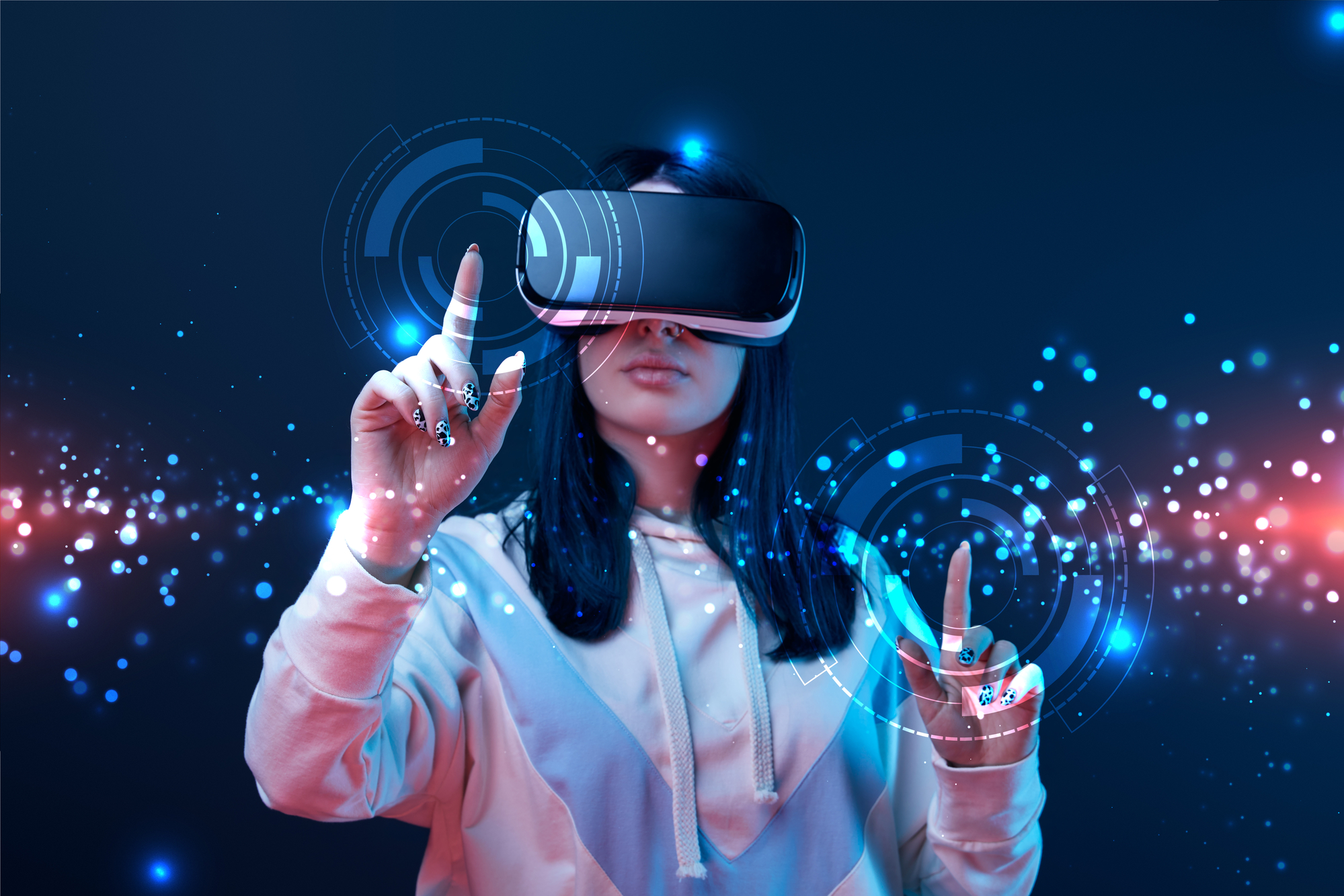Gaming has come a long way from simple pixelated graphics and basic gameplay. With the advancement of technology, we now have access to virtual and augmented reality gaming. Virtual reality (VR) is a simulated experience that can be similar or completely different from the real world, while augmented reality (AR) is the integration of digital information with the user’s environment in real-time.
Immersive Gaming Experience
 Source: bing.com
Source: bing.comThe biggest benefit of using virtual and augmented reality for gaming is the immersive experience it provides. With VR and AR, players can feel like they are actually in the game, and the game becomes more than just pressing buttons on a controller. The graphics and sound effects are so realistic that players can be transported to a different world, enhancing the gaming experience.
Improved Physical Activity
 Source: bing.com
Source: bing.comVirtual reality gaming can also improve physical activity. With games that require movement, players can get a workout while having fun. VR fitness games, for example, can provide a full-body workout that is more engaging than traditional exercise. This can be especially beneficial for those who find it difficult to motivate themselves to exercise.
Enhanced Learning Experience
 Source: bing.com
Source: bing.comAugmented reality can also be used to enhance the learning experience. By providing digital information in real-time, AR can make learning more interactive and engaging. For example, AR can be used in museums to provide additional information about exhibits or to create interactive exhibits. It can also be used in classrooms to provide visual aids and to make learning more fun.
Increased Social Interaction
 Source: bing.com
Source: bing.comVirtual reality gaming can also increase social interaction. With VR, players can interact with other players in a virtual world, creating a social experience that is not possible with traditional gaming. This can be especially beneficial for those who have difficulty socializing in the real world.
Therapeutic Benefits
 Source: bing.com
Source: bing.comVirtual and augmented reality can also have therapeutic benefits. VR therapy, for example, can be used to treat conditions such as post-traumatic stress disorder (PTSD) and anxiety disorders. By exposing patients to simulated environments that trigger their symptoms in a controlled setting, patients can gradually learn to cope with their symptoms in the real world.
Conclusion
In conclusion, virtual and augmented reality gaming can provide numerous benefits, including an immersive gaming experience, improved physical activity, enhanced learning, increased social interaction, and therapeutic benefits. As technology continues to advance, we can expect virtual and augmented reality to become even more prevalent in the gaming industry.